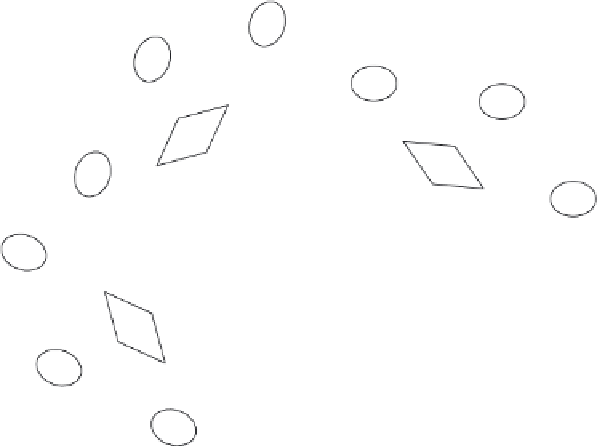Information Technology Reference
In-Depth Information
GB2
GB1
GB3
GBn
Big Y
FIGURE 9.3
Green Belt (GB) and Black Belt (BB) clustering scheme.
the customer is mainly upset with quality and reliability. Likewise, it does us no good
to develop a project to reduce tool breakage if the customer is actually upset with
inventory cycle losses. It pays dividends to later project success to know the Big Y. No
Big Y (CTS), simply means no project! Potential projects with hazy Big Y definitions
are setups for Black Belt failure. Again, it is unacceptable to not know the Big Y's
of top problems (retroactive project sources) or those of proactive project sources
aligned with the annual objectives, growth and innovation strategy, benchmarking,
and multigeneration software planning and technology road maps.
On the proactive side, Black Belts will be claiming projects from a multigener-
ational software plan or from the Big Y's replenished prioritized project pipeline.
Green Belts should be clustered around these key projects for the deploying function
or business operations and tasked with assisting the Black Belts as suggested by
Figure 9.3.
We need some useful measure of Big Y's, in
variable terms,
3
to establish the
transfer function, Y
f(y). The transfer function is the means for dialing customer
satisfaction, or other Big Y's, and can be identified by a combination of design
mapping and design of experiment (if transfer functions are not available or cannot
be derived). A transfer function is a mathematical relationship, in the concerned
mapping, linking controllable and uncontrollable factors.
Sometimes we find that measurement of the Big Y opens windows to the mind
with insights powerful enough to solve the problem immediately. It is not rare to
find customer complaints that are very subjective, unmeasured. The Black Belt needs
=
3
The transfer function will be weak and questionable without it.












Search WWH ::

Custom Search